Bryophytes
Bryophytes are non-vascular plants that belong to the group of embryophytes, which are the earliest land plants. They are small, herbaceous plants that typically grow in moist environments, such as damp soil, rocks, and tree trunks. The three main groups of bryophytes are mosses, liverworts, and hornworts.
Characteristics of Bryophytes
- Non-Vascular: Bryophytes lack specialized vascular tissues for the transport of water and nutrients. Instead, they rely on diffusion and osmosis for the movement of substances within the plant.
- Small Size: Bryophytes are relatively small plants, with most species growing only a few centimeters in height.
- Moisture-dependent: They require a moist environment for reproduction and growth, as they do not have roots to absorb water from the soil.
- Reproduction: Bryophytes reproduce through spores, which are produced in specialized structures called sporangia.
Life Cycle of Bryophytes
Bryophytes have a life cycle that alternates between a haploid gametophyte stage and a diploid sporophyte stage.
- Gametophyte Stage: The dominant stage in the life cycle of bryophytes is the haploid gametophyte, which produces gametes (eggs and sperm) in specialized structures.
- Fertilization: When the sperm from the male gametophyte fertilizes the egg in the female gametophyte, a diploid zygote is formed.
- Sporophyte Stage: The zygote develops into a diploid sporophyte, which is dependent on the gametophyte for nutrition. The sporophyte produces spores through meiosis, which are released to start a new gametophyte generation.
Ecological Importance
Bryophytes play a crucial role in ecosystems by stabilizing soil, retaining water, and providing habitat for small organisms. They also contribute to nutrient cycling and can indicate environmental conditions, such as air quality and moisture levels.
Study Guide
When studying bryophytes, it's important to focus on the following key points:
- Identification of different bryophyte groups (mosses, liverworts, hornworts)
- Understanding the characteristics of non-vascular plants
- Exploring the life cycle and reproduction of bryophytes
- Recognizing the ecological importance of bryophytes in ecosystems
Additionally, hands-on activities such as observing bryophytes under a microscope and conducting field studies can enhance the learning experience.
Remember to review and understand the unique adaptations and ecological roles of bryophytes in different environments.
Happy studying!
.◂Science Worksheets and Study Guides Sixth Grade. Fishes, Amphibians, and Reptiles

 Activity Lesson
Activity Lesson
 Worksheet/Answer key
Worksheet/Answer key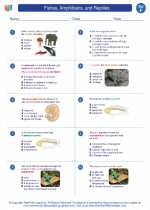
 Worksheet/Answer key
Worksheet/Answer key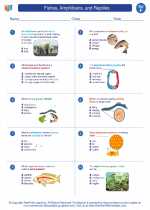
 Worksheet/Answer key
Worksheet/Answer key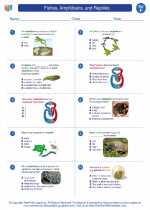
 Worksheet/Answer key
Worksheet/Answer key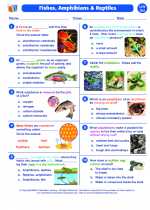
 Vocabulary/Answer key
Vocabulary/Answer key
 Vocabulary/Answer key
Vocabulary/Answer key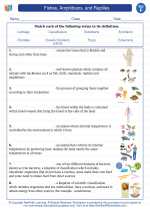
 Vocabulary/Answer key
Vocabulary/Answer key
 Vocabulary/Answer key
Vocabulary/Answer key
 Vocabulary/Answer key
Vocabulary/Answer key
